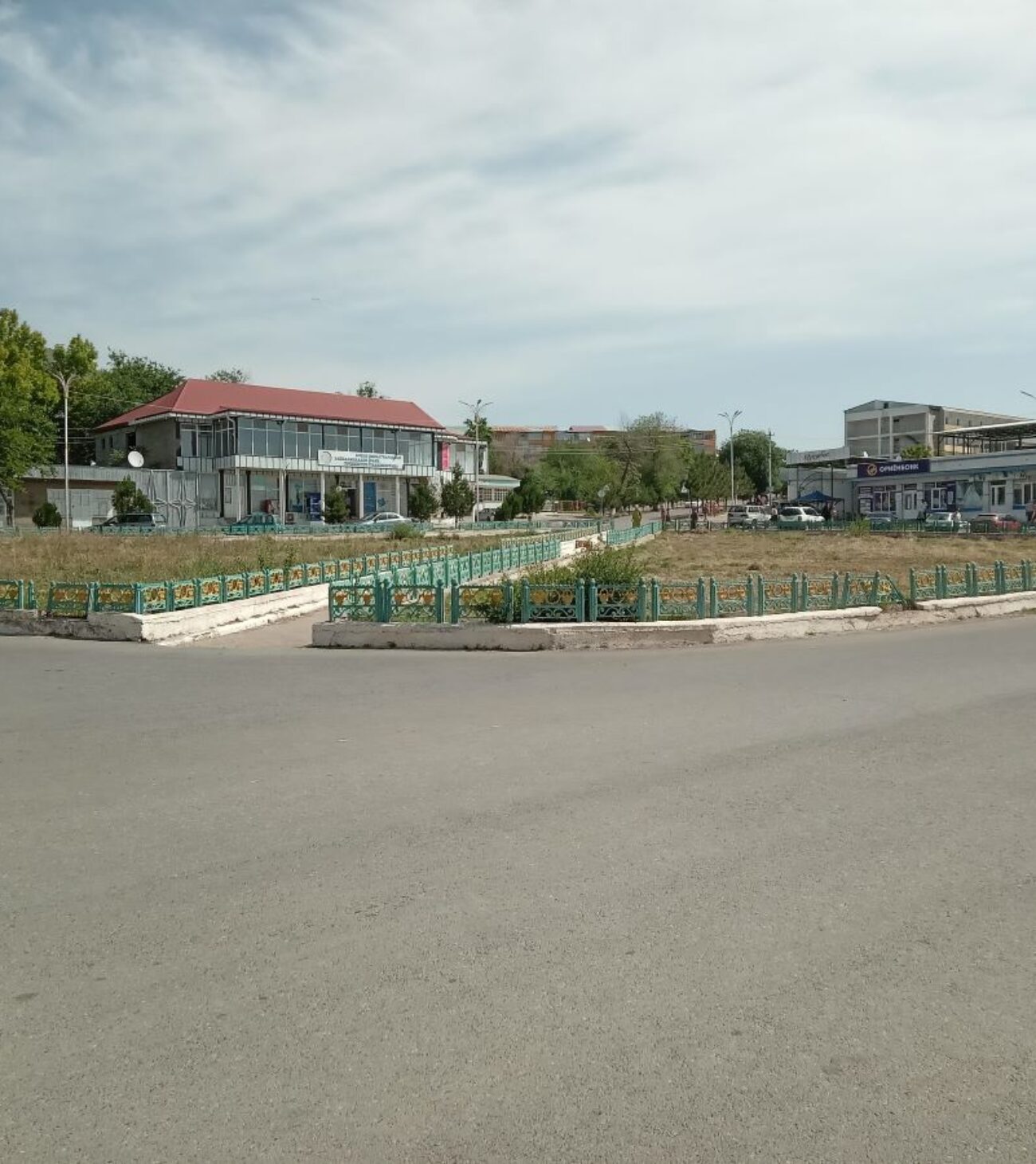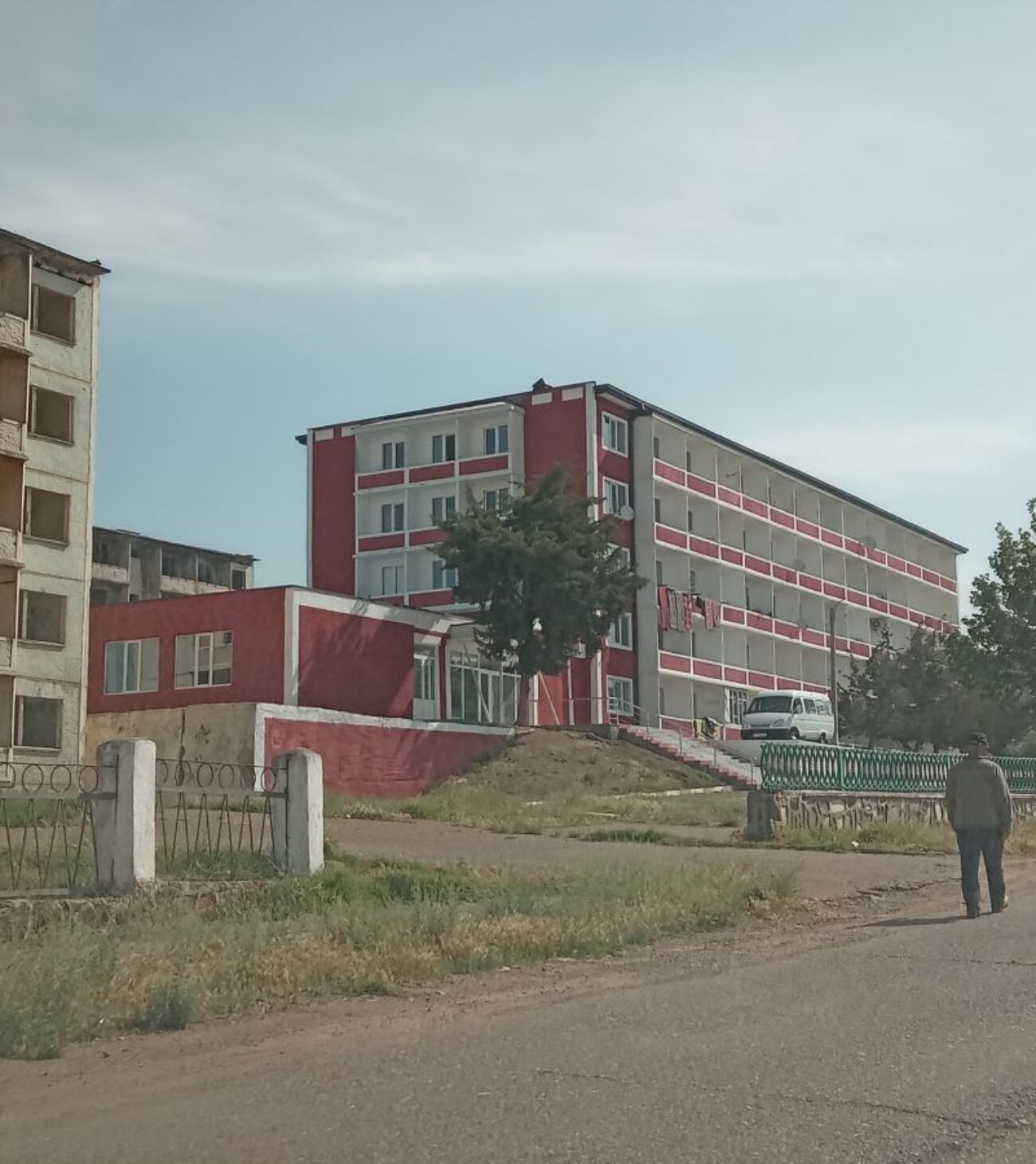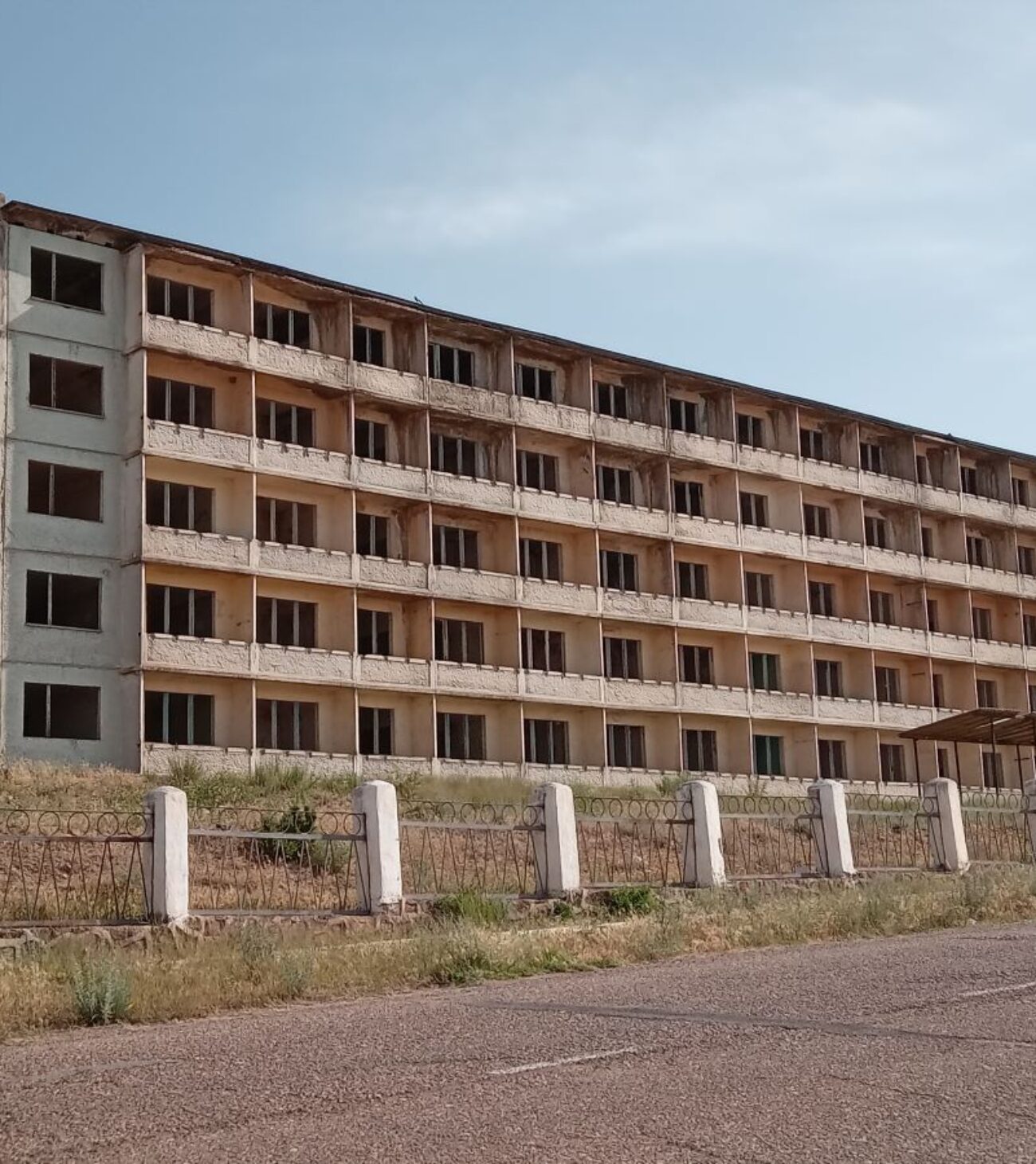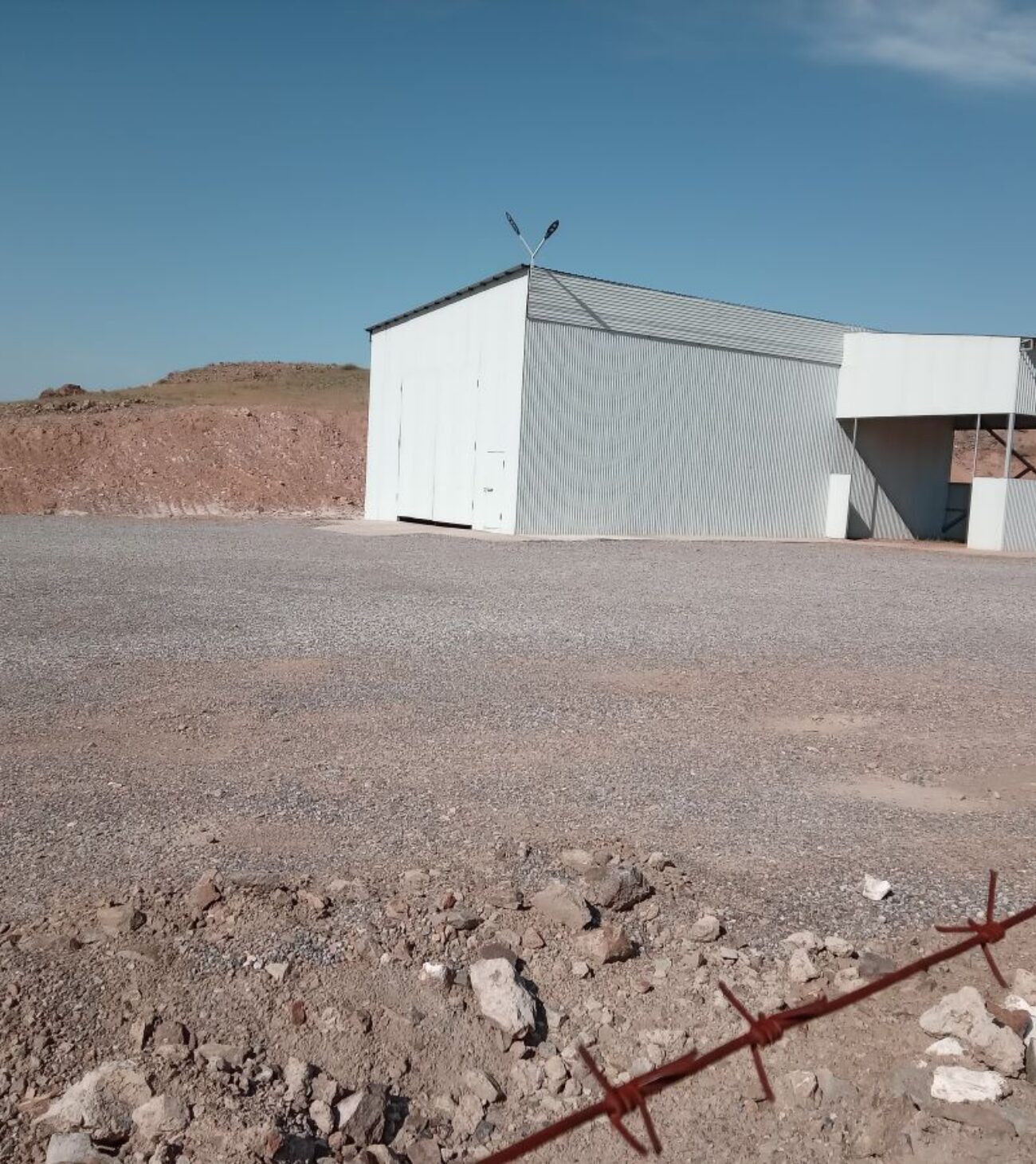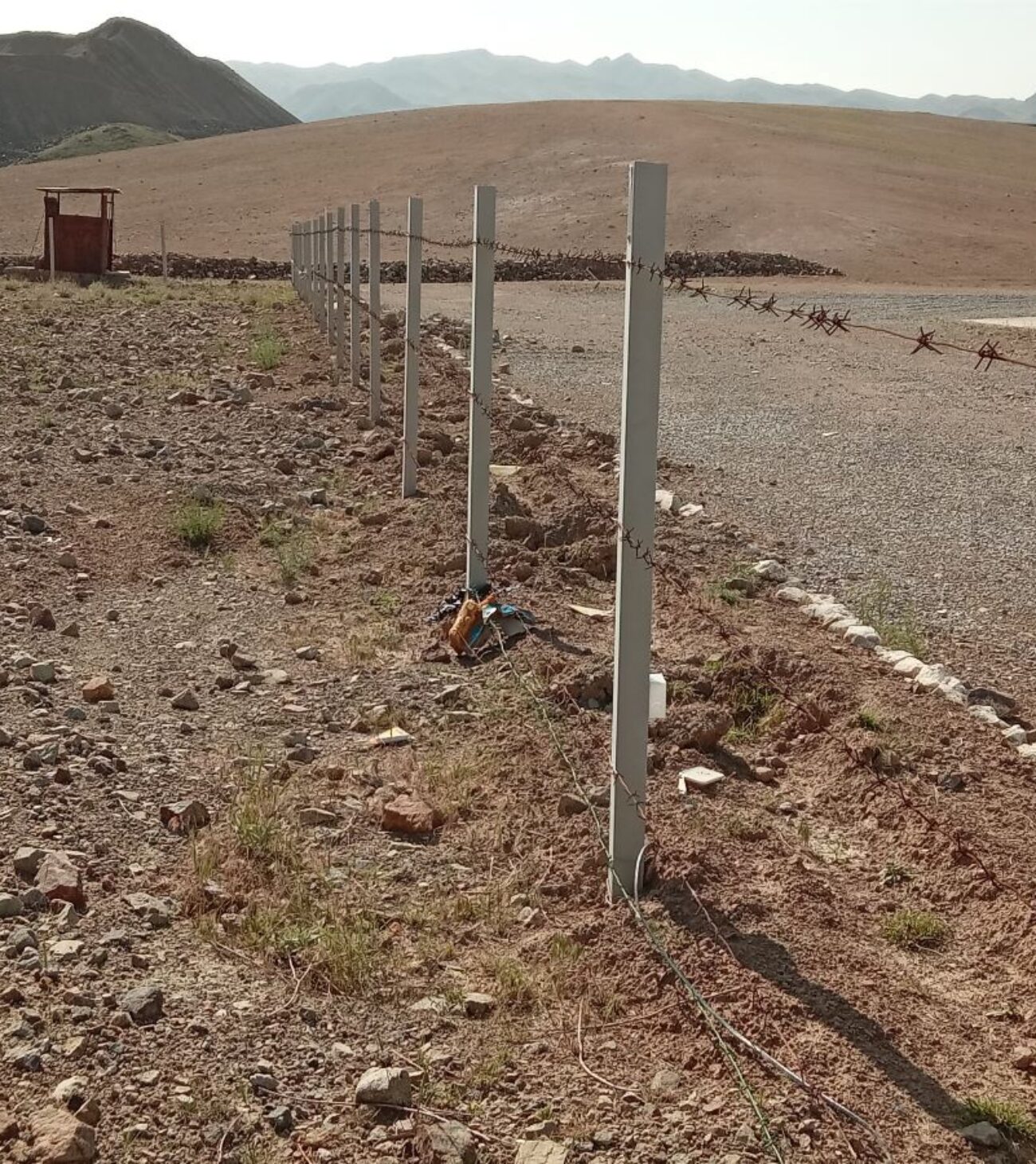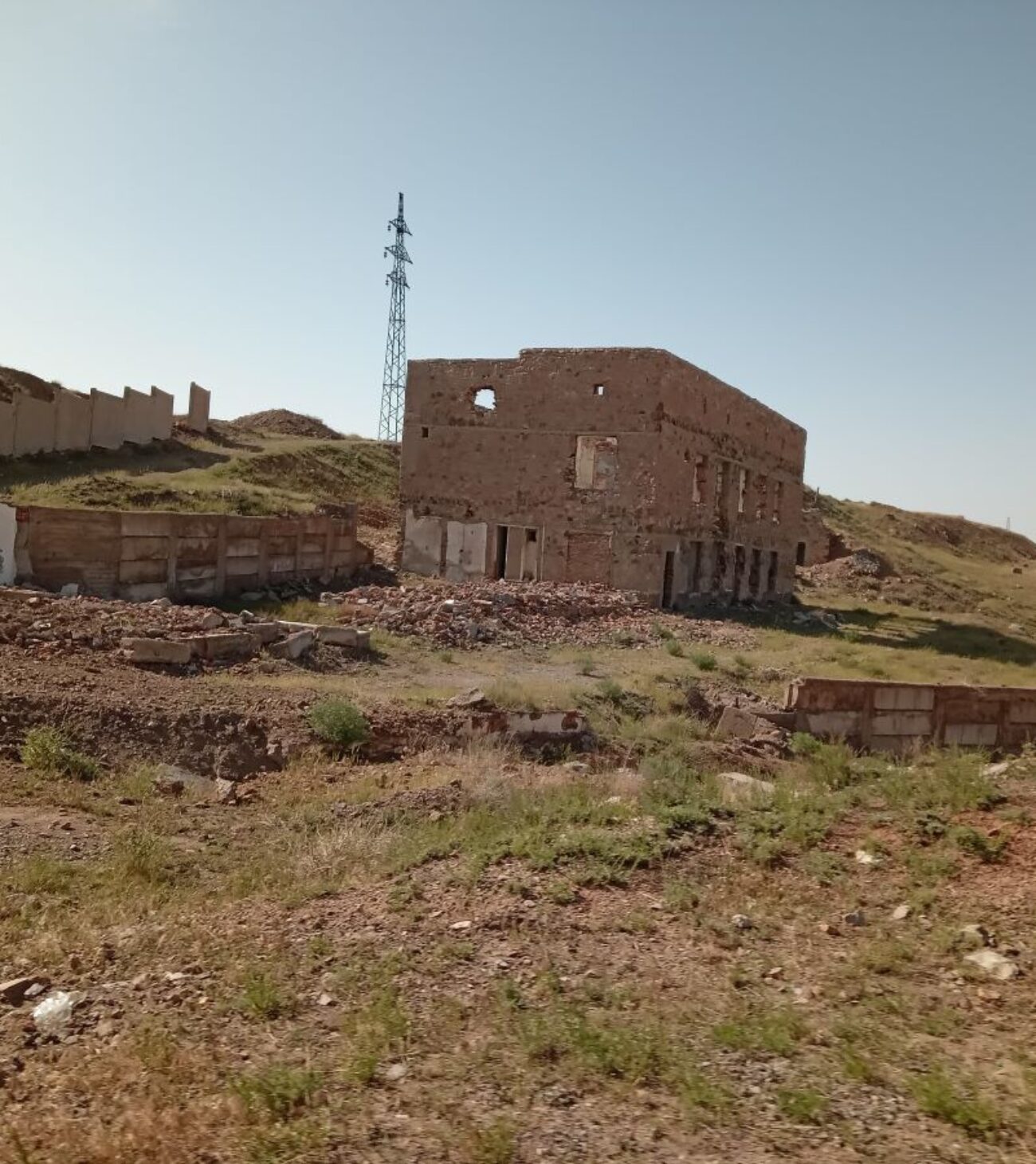Authorities of Tajikistan intend to decontaminate millions of tons of radioactive waste in the Istiqlol city with the assistance of a Russian company. This is uranium waste produced while making the Soviet Union’s first atomic bomb, however, it still affects the residents of this city in Tajikistan.

Khosiyat Nabieva was born in the city of Istiqlol (previously, Taboshar) in northern Tajikistan and has lived there for 63 years. This city is located 350 kilometres from the capital of Tajikistan and is known mainly for the uranium waste stored there. According to media reports, uranium was mined in Istiqlol for making the first nuclear bomb of the USSR. However, for Khosiyat Nabieva, the hero of our report, and other Istiqlol residents, this is not something to be proud of but rather a source of trouble.
Khosiyat Nabieva complains that her health deteriorates significantly in bad weather, especially during fog and high cloud cover.
“As soon as fog appears, I have a headache and high blood pressure. Could it be that the radiation level increases in such weather?” Nabieva says.
She says that until 2023, all uranium storage sites were open, and most likely, they were scattered around the city.
“When I and most family members start feeling pain in our limbs, we understand that the radiation level has increased. We are used to it. However, when guests from other places arrive, they become weak or have strong headaches,” she says.
These Nabieva’s words are quite reasonable.
When a CABAR.asia correspondent arrived in Istiqlol in May 2024, he felt a headache and burning in his throat about 2-3 hours after entering the city.
To find out what was wrong, the correspondent visited a hospital in the Istiqlol city centre. He told about his health condition to the duty medical officer at the entrance of the hospital, as well as that he had just arrived in the city and that his head and throat hurt.
“What did you expect? There is uranium here. Uranium! That is why you people, those who just arrived, are feeling its effect,” the duty medical officer replied.
“Not satisfied with this answer, I asked another doctor to examine me and check my condition. Two doctors came to me, checked my blood pressure, it was normal, but my head still hurt, and my throat was burning. When these two doctors found out that I had just arrived in the city, they said that the reason for my headache and burning throat was due to high levels of radiation.
“What did you expect? There is uranium here. We are used to it, but visitors suffer from radiation,” said another doctor at the Istiqlol hospital.
Authorities claim they are taking measures.
On July 25, 2024, during a press conference, the Mayor of Istiqlol city Kayum Makhmudzoda announced that agreements had been reached with the Russian company Rosatom, which will decontaminate radioactive waste.
Makhmudzoda told about the details of the agreement:
“It was decided to begin decontamination work at the end of this year, including at the Taboshar-3 landfill, which is located on 3 hectares and contains more than 1 million tons of radioactive waste,” he said.
In March 2023, the official website of the President of the Republic of Tajikistan reported that the area of uranium storage sites in Istiqlol was 7.5 hectares, and the height of the waste was previously 65 metres. According to the source, the height of the uranium waste storage sites will be reduced to 30 metres, and they will be covered with stones, gravel, and soil.
In October 2023, during a government meeting, the Tajik authorities announced that part of the uranium waste in Istiqlol had already been covered. According to the Mayor of Istiqlol Kayum Makhmudzoda, Russian media reported that the Russian company Rosatom had completed the storage of about 2 million tons of uranium waste for 700 million Russian rubles ($7.6 million).
However, apparently, this is a very small part of the waste storage sites. According to RFE/RL’s Tajik Service, there are up to 50 million tons of uranium waste in Istiqlol city.
This May, a CABAR.asia correspondent visited the radioactive waste disposal site in Istiqlol.
The territory around the waste storage site covered in soil and sand is fenced with barbed wire. The tops of these storage sites are apparently covered with gravel. There was no one near the storage site, so it was possible to climb over the barbed wire. However, the local driver who brought him here advised against it for safety purposes. Inside the uranium storage site, there was a tin building that looked like a warehouse. The driver said that this building is used to decontaminate the vehicles that carry the uranium waste.
Ikrom, an Istiqlol city resident, is one of the local workers who participated in the uranium waste storage. He said he participated in this work for a year and a half.
“Previously, the storage site was open, we even played football there. The colour of the waste was yellow; now, we covered this waste with soil to a depth of one and a half metres,” Ikrom said.
Ikrom works for a local company, and the waste was covered at the request of the Russian company Rosatom.
However, Ikrom and other sources say that covering uranium waste will not solve the problem completely.
“When it is covered, the harm from it reduces only slightly, that is all,” Ikrom believes.
Ikrom says that not all uranium waste in the city has been stored, some of it still lies in the open air. Representatives of the Istiqlol city administration, including Mayor Kayum Makhmudzoda, promise residents that work on full storage will begin by the end of 2024.
However, radioactive waste and concerns about high radiation levels have led some residents to abandon the idea of living in Istiqlol.
Istiqlol is perhaps one of the few places in Tajikistan where there are houses abandoned by their owners. Mayor Kayum Makhmudov said they have compiled a list of 50 abandoned houses in the city and intend to distribute them to those in need.
In the city centre, you can see entirely empty five-story buildings as quiet as a cemetery.
However, people like the hero of our report Khosiyat Nabieva, who have nowhere to go, are forced to remain living in this city amid high radiation.
Nabieva says she does not have funds to buy a house elsewhere, so she has to live next to the uranium waste.
She said she tried to leave the city by going to the Mastchoh district to pick cotton. She wanted to see if she could settle there. She says her health improved significantly then.
“I felt good there, but when I returned to Istiqlol, I felt bad again. I just ask the authorities to find some solution to reduce the consequences of this disaster (uranium), otherwise, the future of our children and grandchildren is at risk,” said Khosiyat Nabieva.



